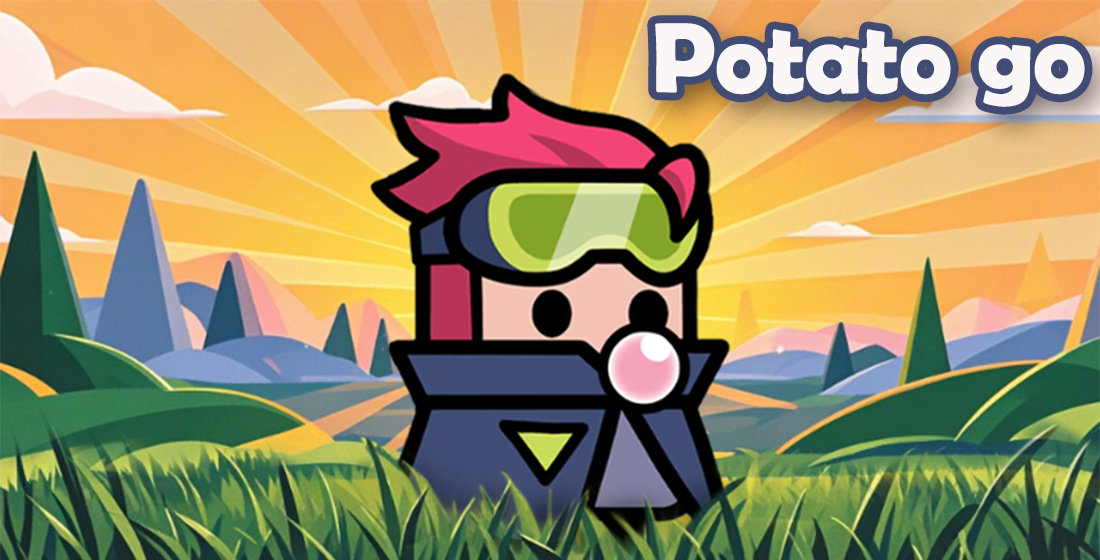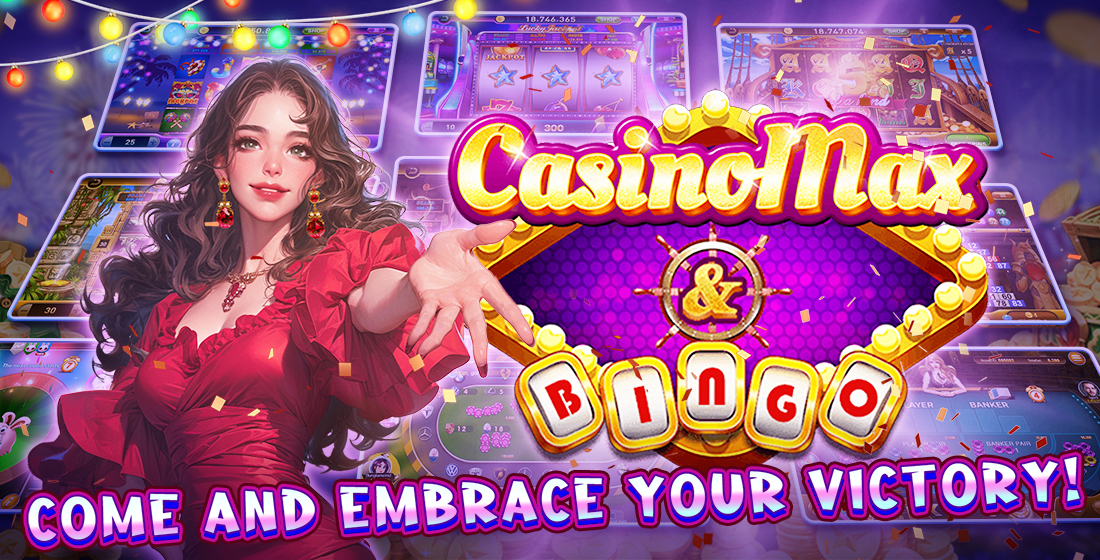Why Hyper Casual Games Are Taking Over the Gaming Industry: Trends and Insights
Introduction to Hyper Casual Games
The gaming industry has seen a remarkable shift in recent years, with hyper casual games leading the charge. These games, characterized by their simple mechanics and accessibility, are captivating players from all ages and backgrounds. But what exactly are hyper casual games, and why are they becoming so prominent? In this article, we aim to explore the trends, insights, and reasons behind the rise of these games.
What Sets Hyper Casual Games Apart?
Hyper casual games differentiate themselves from traditional casual games mainly through their design and monetization strategies. Typically, they feature:
- Minimalist designs
- Simple gameplay mechanics
- Short game sessions
- Free-to-play models with ad-based monetization
The Rise of Hyper Casual Games
A few statistics reveal the phenomenal rise of hyper casual games. According to recent reports, these games account for over 50% of all downloaded games in the app stores. Some examples of popular hyper casual games include:
- Helix Jump
- Stack
- Rider
- Funny Food
Understanding the Audience
The audience for hyper casual games spans a diverse demographic. From young children to adults seeking a quick distraction, these games appeal universally. The seamless integration of gameplay into daily routines enables them to attract a broad audience.
The Role of Technology in Game Development
Advances in technology have significantly facilitated the development of hyper casual games. Using game engines like Unity or Unreal Engine, developers can create engaging gameplay without pouring in extensive resources. This technology allows smaller indie game developers to compete with large corporations.
Monetization Strategies: How Do They Work?
One of the key factors contributing to the success of hyper casual games is their monetization strategies. Most utilize a free-to-play model, generating revenue primarily through the following methods:
| Monetization Method | Description |
|---|---|
| In-game Ads | Displaying ads during gameplay or in between levels |
| In-app Purchases | Offering optional upgrades or resources for a fee |
| Sponsorships | Brands may pay to feature their products in the games |
The Sneaky Addiction Loop
Hyper casual games often employ psychological tactics to keep players engaged. These addiction loops encourage continued play through:
- Frequent rewards
- Instant gratification
- Challenging gameplay that promotes a sense of achievement
Social Media Influence on the Gaming Scene
Social media platforms like TikTok have played a crucial role in promoting hyper casual games. Viral challenges and shareable content create a buzz that pulls in players, often leading to explosive growth for these titles.
Insights from Industry Experts
Industry experts like Tony Cowden of Delta Force emphasize the importance of trends and audiences. Their insights hint that the future of gaming may heavily rely on hyper casual elements, as they blend entertainment with accessibility.
Challenges Faced by Hyper Casual Games
While there's much to celebrate, hyper casual games are not without challenges. Issues include:
- Market saturation
- Short player engagement
- Competition with more complex games
The Future of Hyper Casual Gaming
Looking ahead, hyper casual games are likely to evolve, incorporating more sophisticated narratives and gameplay mechanics. This evolution may not only maintain their popularity but also expand their audience demographic.
Conclusion
In conclusion, hyper casual games are undeniably rising stars in the gaming industry landscape. Their appeal lies in simplicity, accessibility, and innovative monetization strategies. As technology advances and player expectations shift, it will be fascinating to observe how these games adapt to the ever-changing gaming environment.



